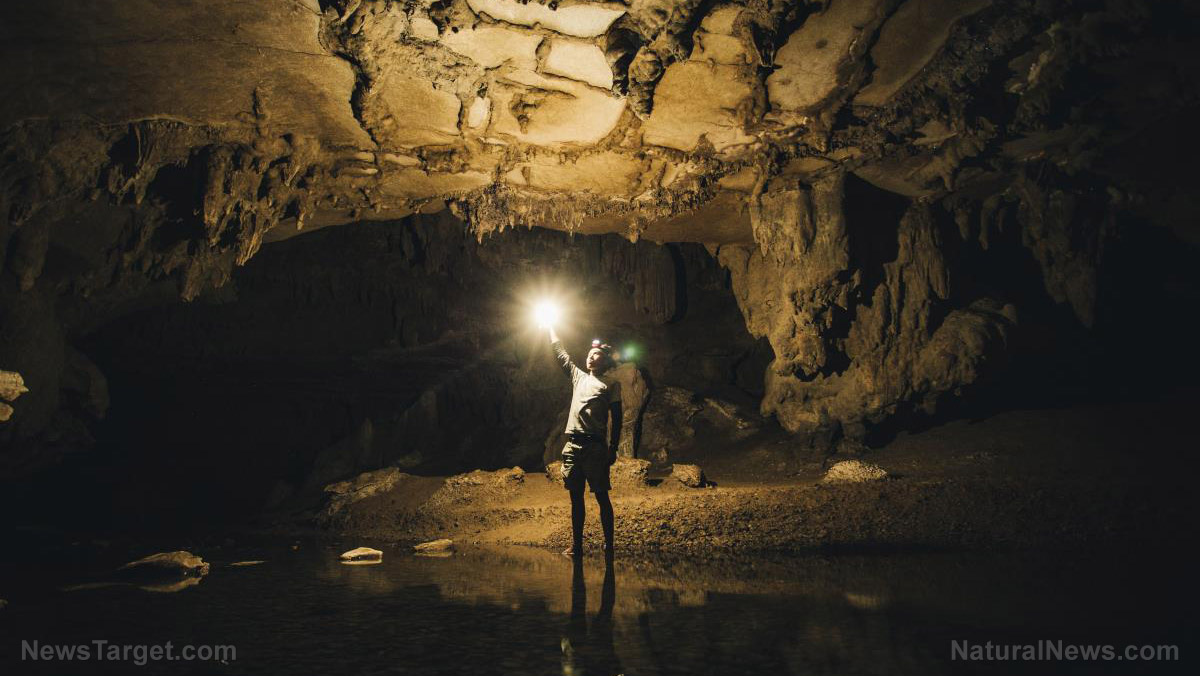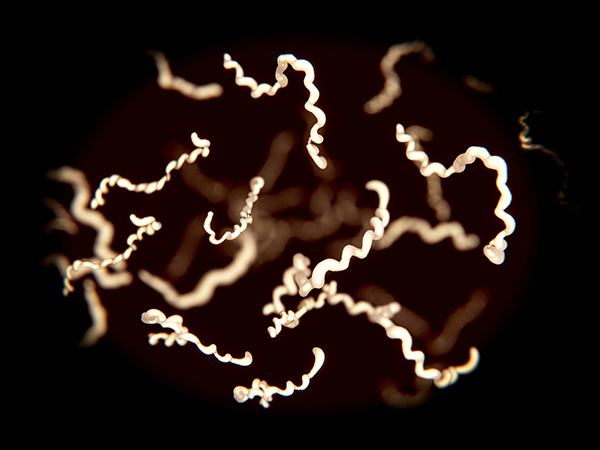U.K. museum claims birds are queer, dinosaurs were LGBTQ
03/28/2024 / By Richard Brown

Literature from the Hastings Museum and Art Gallery in Britain has come under scrutiny for disseminating inaccurate information, particularly regarding animal behavior and historical contexts. The museum-endorsed guide, authored by the Hastings Queer History Collective, contains misleading assertions.
One such claim suggests that certain bird species, like pheasants, exhibit “queer” behavior by changing sex from female to male.
“Despite queer behavior in the animal kingdom being observed as far back as the 18th century, it is often ignored or hidden from the public. One example is of female pheasants changing their sex when they stop laying eggs and turn their brown feathers into the brightly colored feathering typical of males,” the guide states. “Pheasants feature in some of the earliest European studies of queer behavior in animals. With queerness visible in the natural world, the argument that it is somehow ‘unnatural’ begins to unravel.”
However, this assertion is scientifically unfounded. Dr. Emma Hilton, a development biologist, has dismissed these claims, clarifying that birds, including pheasants, do not possess the ability to change sex. “Often in the process of aging, female animals can produce male features as a result of hormonal changes, we can also see this in humans following menopause, but we would not say that older women had changed sex if they have a bit of a moustache,” Hilton explained.
Additionally, the guide implies that dinosaurs may have had an LGBTQ history, citing a fossilized dinosaur footprint alongside a personal anecdote about the individual who discovered it. “We cannot comment on the sexuality of the dinosaur who made this footprint, but we do know that the 11-year-old boy who found it is now grown up, happily married to his husband Greg in a pink house in Hastings,” it states.
Museum makes questionable historical assertions
Moreover, the guide makes questionable historical assertions, such as attributing the destruction of ancient gender systems to eighteenth-century colonialism. It erroneously suggests the existence of a “third gender” in Japan called “wakashu,” when, in fact, wakashu referred to adolescent boys in Japanese society.
It says that children starting puberty in ancient Japan were deemed a different gender and entered into a sexual relationship with adult masters, without indicating that this is pedophilia, not some kind of transgender history. While there were cultural nuances regarding sexuality during the Edo period, it does not align with the characterization presented in the guide.
Without presenting any proof, the guide also claims that important personalities and cultures in the past have a “queer history” and believed in a “third gender.”
Moreover, the guide claims that some Greek gods were bisexual. It said King William II was certainly gay because he was a little feminine and had no wife or children, and that an 11th century Archbishop had “queer sensibilities” and might be “considered a defender of gay rights.”
Overall, the dissemination of inaccurate information in the museum’s literature raises concerns about the accuracy and credibility of its educational resources. It underscores the importance of ensuring that information presented to the public is rigorously fact-checked and grounded in verifiable evidence.
Visit GenderConfused.com for more stories like this.
Watch this video that talks about whether dinosaurs are a product of evolution or a creation.
This video is from the END THE GLOBAL RESET channel on Brighteon.com.
More related stories:
Submit a correction >>
Tagged Under:
absurd, culture wars, deception, dinosaurs, disinfo, Ecology, environment, Hastings Museum and Art Gallery, history, insanity, left cult, lgbtq, lies, museum, propaganda, stupid, transgender, United Kingdom
This article may contain statements that reflect the opinion of the author
RECENT NEWS & ARTICLES
COPYRIGHT © 2017 DISCOVERIES NEWS



















